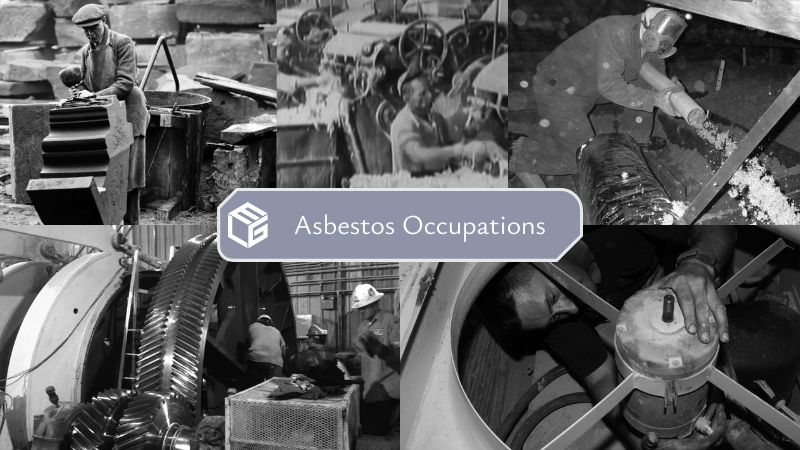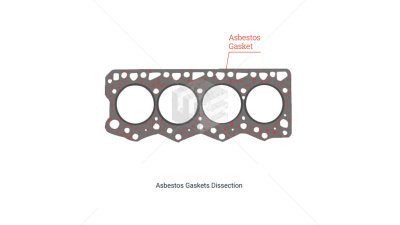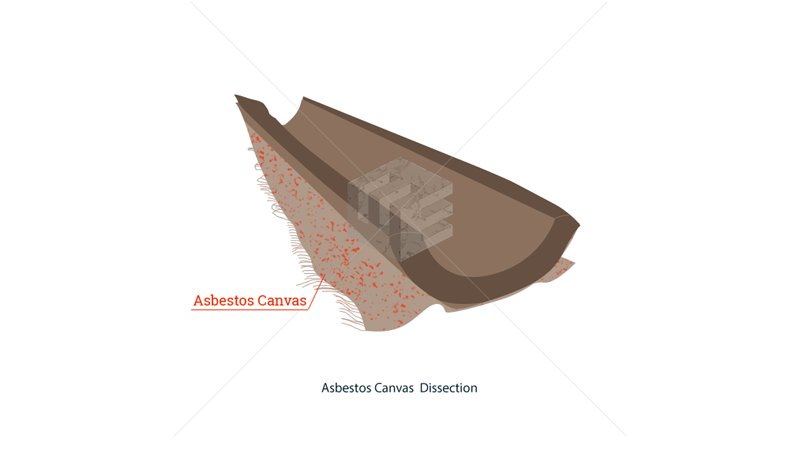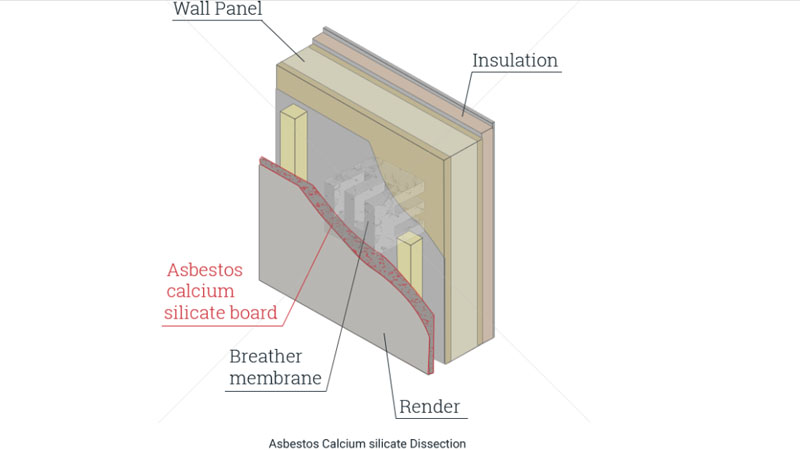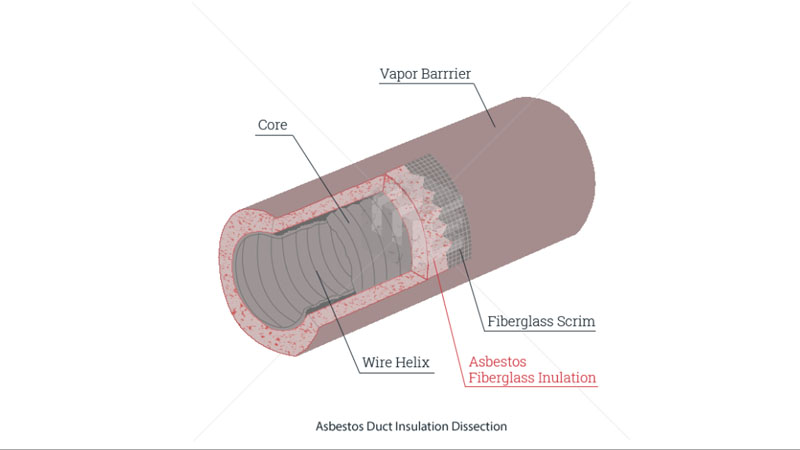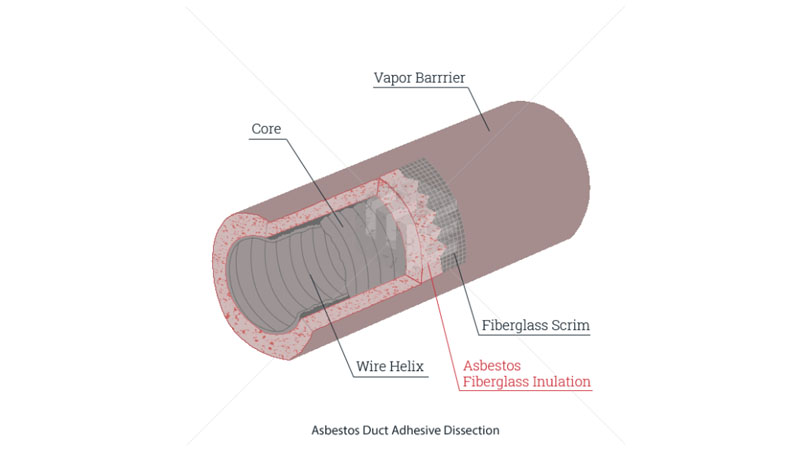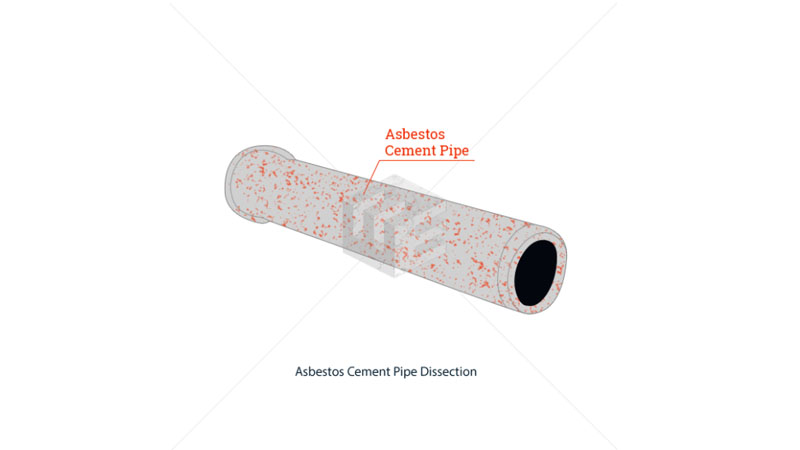By cutting for fitting, a great deal of dust was generated, meaning that the workers were at risk of inhaling the dangerous dust containing the asbestos fibers.
In these men and women, asbestos-related cancer could have taken 10 years or more to manifest itself after the initial exposure whereas mesothelioma and asbestosis could take up to 30 or 40 years to begin showing signs and symptoms of the disease.
The equivalent of pipefitters, steamfitters, and plumbers in the military was the rating of utilitiesman. As a military occupation with a high risk of asbestos exposure, utilitiesmen were in charge of installing, maintaining, and repairing plumbing, heating systems, water treatment, refrigeration equipment, and fuel storage. Therefore, exposure to asbestos was tremendous, since this kind of equipment would contain large amounts of the toxic mineral. By disturbing it, asbestos fibers would become airborne and utilitiesmen would subsequently inhale and ingest them, which now places this military occupation among the most dangerous in this respect.
Civilian plumbers were sometimes sent to U.S. Air Force bases and U.S. Army bases to perform plumbing and pipefittings jobs and consequently were exposed to asbestos.
Relevant job titles
- pipefitter
- apprentice fitter
- pipefitter's helper
- pipe assembler
- pipe coverer
- steamfitter
- plumber
- maintenance plumber
- utilitiseman
- refrigeration repairman
